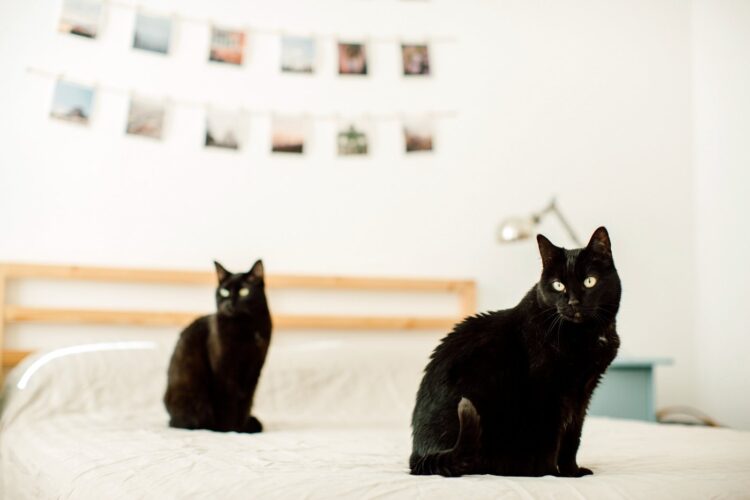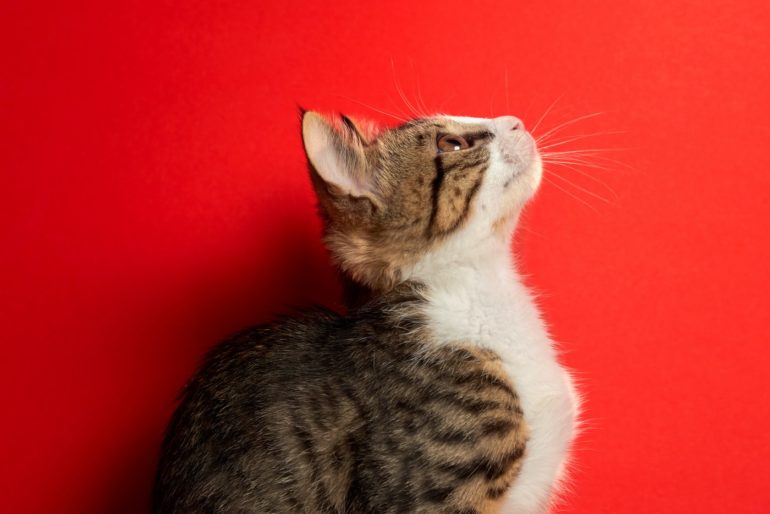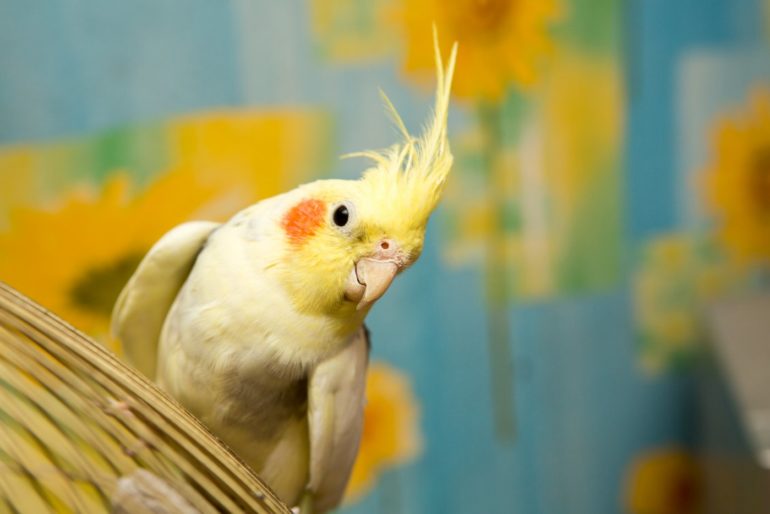How can you create the most cat-friendly home?
It can be tough being a cat.
Sure, our pet cats seem to have it pretty good: A life spent napping in sunny windows, safe from predators and attended to by humans who play with them, pet them and feed them whenever necessary.
In short, kitties thrive when they have a cat-friendly home. But is that what you’re providing?
Look at it from a cat’s point of view
But in the Animal Tracks podcast from the American Veterinary Medical Association, Dr Tony Buffington, a professor at the Ohio State University College of Veterinary Medicine, says that things can look a little different from a cat’s perspective.
“What the cat sees, is, ‘Well, I’m confined to this house, I have no choice what to eat or drink, I’ve only got one tiny place that I can eliminate in, and I just have to hope that somehow magically it gets clean because I can’t do it,'” Buffington said, adding that many natural behaviors, like climbing and scratching, can lead to cats being punished or even relinquished.
ALSO SEE: Should you de-claw a cat?
Before bringing a cat into the home, it’s important that pet owners are familiar with cat behavior so that they can create an environment that best meets a cat’s needs. Doing so, Buffington said, will lead to happier, healthier cats.
“If they’re living in a threatening enough environment, their stress response system, their sympathetic nervous system, their hormonal system and their immune system can all be activated searching for the threat,” Buffington said.
“And if the threat never goes away, those systems can be activated all the time. After a while, they start damaging organs in the body, and we start seeing clinical signs. I spent most of my career studying lower urinary tract disease in cats, and it turns out that the disease in many cases is a consequence of this chronic activation of the stress response system.”
By creating an environment where cats feel more in control than threatened, “The cat will be interested in what’s going on around it, but its stress response system won’t be activated constantly.”
MORE: Why do cats have whiskers?

Keeping kitty comfortable at home
A cat’s level of comfort within its environment is intrinsically linked to its physical health, emotional well-being and behavior. Thus, meeting the environmental needs of the cat is an absolutely essential part of our care-taking role of this companion animal.
A team of internationally-recognized feline experts including veterinarians and feline scientists compiled guidelines on the environmental needs of the domestic cat.
MORE: When were cats first kept as pets?
The guidelines, which appeared in the Journal of Feline Medicine and Surgery, offer a basic understanding of the cat’s species-specific environmental needs — including how cats interact with their environment — as well as providing practical based advice on how to meet these needs.
“Over the period of nearly a year, the panel compiled, reviewed and consolidated all available research in this area to provide a reader-friendly, evidence-based set of guidelines allowing veterinarians, owners and those working with cats to easily access this information and advice all in one place,” says co-chair Dr Sarah Ellis.
The 5 five pillars for a healthy environment for cats:
- a safe place
- multiple and separated key environmental resources
- opportunity for play and predatory behavior
- positive, consistent and predictable human-cat social interaction
- an environment that respects the importance of the cat’s sense of smell
“As a veterinary practitioner, I find these guidelines to be the support that we need to help prevent and even resolve many behavior problems,” says co-chair Dr Ilona Rodan.
“If we understand the cat and its needs, and educate our veterinary teams and clients about how to live with these beloved pets, we can keep cats healthier and happier.”
ALSO SEE: Why do male cats spray — and how can you get them to stop?







